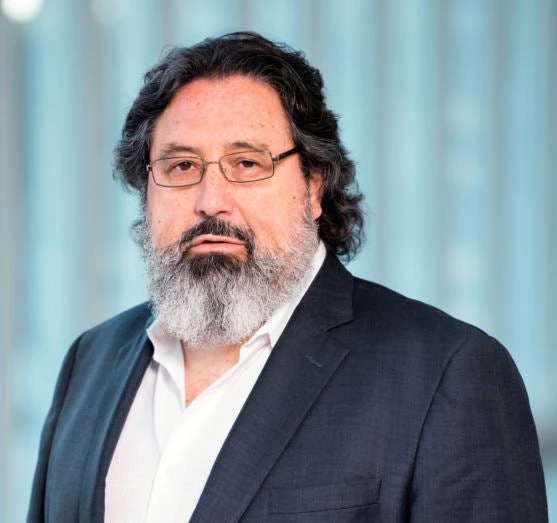The scaling up of voluntary medical male circumcision, particularly in high HIV prevalence settings, is a highly cost-effective intervention to fight the epidemic—randomized controlled trials have found a 60% protective effect against HIV for men who became circumcised.
But, the supply of this medical service is just one part of the picture. Without active involvement from individuals and communities to deal with social and cultural factors that influence service acceptability, the demand for this common surgical procedure will be low.
Indeed, on a recent visit to Botswana, a country with high HIV prevalence and low levels of male circumcision, my World Bank colleagues and I had a good discussion with the National HIV/AIDS Commission about ways to address the low uptake of voluntary, safe male circumcision services in spite of a well-funded program by the government. It was obvious to all that if the demand for, and uptake of, this service were not strengthened through creative mechanisms that foster acceptance, ownership, and active participation of individuals and community organizations, the program would not help control the spread of HIV through increased funding of facilities, equipment, and staff alone.
So, what do we need to do to ensure that need, demand, utilization, and supply of services are fully aligned to improve health conditions?
The good news is that evidence from different countries can be used for designing effective policies to empower people to make informed decisions and do what’s in their best interests.
In Poor Economics, a wonderful new book by Abhijit Banerjee and Esther Duflo of MIT, the authors present evidence on how firmly held beliefs by the poor, who often lack critical information (e.g., how HIV is transmitted or prevented), contribute to decisions and behaviors that put them at risk of or contribute to the spread of communicable diseases.
But the authors also argue that information alone will not do the trick. What’s needed are those “policy nudges,” such as free services or rewards as done under conditional cash transfer programs (e.g, Bolsa Familia in Brazil, Oportunidades in Mexico), which encourage people to demand and utilize preventive and treatment services (e.g., prenatal care and institutional deliveries, taking pills over the course of treatment to prevent the onset of multi-drug resistant TB).
Similarly, as we agreed with the Ministers of Health of Angola and Namibia during my visit to the region, there is also ample evidence from across the globe that shows that fiscal measures (e.g., higher excise taxes for tobacco), regulatory measures (e.g., smoking bans in public places to prevent the negative effects of secondhand smoke), or measures by the police (e.g., enforcement to deter drunk driving) are critical tools in the public health arsenal that lead to lower rates of lung cancer, heart attacks, road traffic deaths, as well as reduced use of related high-cost treatment and trauma care services.
As more countries pursue the goal of universal health coverage, which is high on the global health agenda, we need to focus not only on how to expand financial protection and access to needed services, but also to rethink how public policy is structured and geared to “nudge” people to improved health-related decision making and actions, and to regulate social and environmental factors that contribute to ill health, premature mortality and disability.
More
Blog: Tobacco Kills: So What to Do in Africa?



Join the Conversation